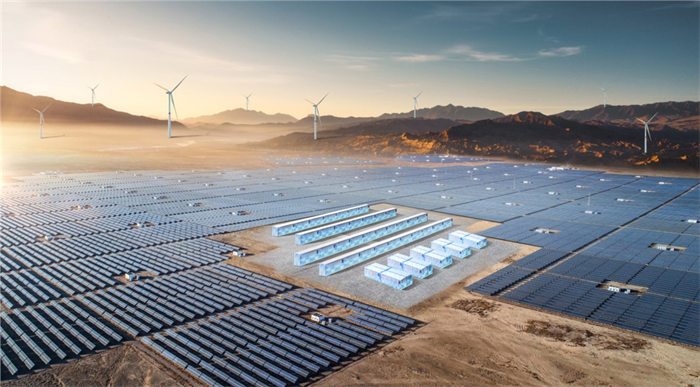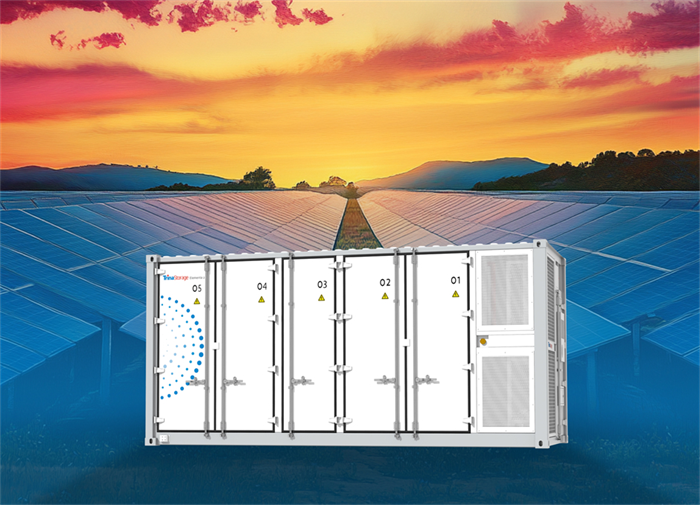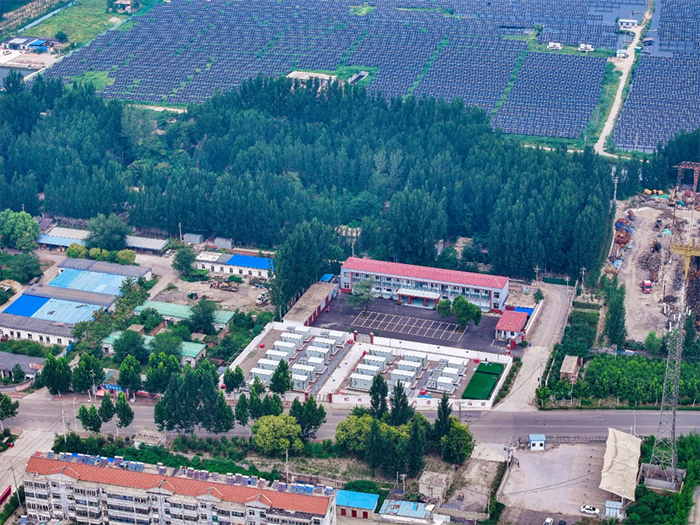
Uzbekistan is rapidly transforming its energy sector with a focus on renewable energy to reduce reliance on fossil fuels. Since 2021, the country has added 10 new renewable plants, including nine solar and one wind facility, with a total capacity exceeding 2,500 MW, alongside over 2,200 MW from hydroelectric plants. These efforts have cut fossil fuel reliance in electricity production from 90% to 70% in three years, with renewables now supplying 25–30% of the nation's power.
By 2030, Uzbekistan aims to source over 40% of its electricity from renewables, demonstrating its commitment to sustainability. The plan also includes advancing energy storage, with a 300 MW lithium-ion system debuting in 2024 and a goal of 4.2 GW storage capacity by 2030.
The Role of Energy Storage in Renewable Energy
Energy storage systems (ESS) are essential in addressing the intermittency of renewable energy sources and ensuring grid stability. By storing surplus energy generated during peak production and deploying it during high demand, such as using solar energy produced during the day to meet peak evening or nighttime consumption, ESS can balance supply and demand effectively. ESS has been a key solution for decades, starting with pumped hydro storage, but recent advancements in battery energy storage systems (BESS) have revolutionized the field. BESS now leads the way, thanks to innovations that have improved energy density, extended lifecycle, and lowered costs.
Internationally certified advanced ESS solutions also enhance grid reliability, making them indispensable for modernizing energy infrastructure. By integrating ESS into their energy mix, countries like Uzbekistan can secure energy independence while aligning with global sustainability goals.
However, ESS face challenges globally, including regulatory complexities, high initial costs, and technical issues related to grid integration. The complexity of ESS as an asset class, coupled with a lack of familiarity with the services batteries can provide, hinders widespread deployment. Additionally, the high demand for lithium iron phosphate (LFP) batteries from the EV sector creates supply chain pressures, leading to price increases and longer lead times.
Cutting-Edge Solutions by Trina Storage
As Uzbekistan scales up its renewable energy ambitions, the integration of advanced ESS becomes crucial. Trina Storage, a dedicated business unit of Trina Solar, offers state-of-the-art solutions designed to address the complexities of renewable energy integration, ensuring stability, efficiency, and reliability in energy supply.

Trina Storage Elementa systems, featuring LFP battery cells, combine durability with safety. To address challenges in the ESS market mentioned above, Trina Storage has invested in in-house battery cell manufacturing, ensuring full control over the supply chain and production processes to maintain the highest quality and safety standards.
Certified to meet numerous international safety standards such as UL 9540A, IEC 62619, UL 1973, and UN 38.3, Trina Storage solutions are among the most certified in the market. Extensive testing of the products includes overcharge, over-discharge, thermal runaway, and mechanical impact simulations. These certifications and tests underscore Trina Storage commitment to delivering safe and reliable energy storage.
Proven Success in APAC
Trina Storage's expertise is demonstrated in large-scale implementations across the APAC region. A notable example is a 150MW agrivoltaics and aquavoltaic project which combines Trina's high-efficiency Vertex solar modules with the Elementa energy storage system. The project adopts a dual-use land approach, integrating agriculture beneath solar panels and aquaculture with floating solar installations. Trina Storage Elementa system, with its modular design and cutting-edge safety features, enhances operational efficiency while ensuring long-term durability.

In China's Gansu province Trina Storage solution paired with a 100 MW PV-plant in a former mining area not only supports renewable energy generation but also promotes ecological restoration, showcasing the broader potential of energy storage solutions. Another standout project is the Maldives Microgrid Cluster, where Elementa storage system replaced diesel generators, stabilizing power for 11,000 residents and significantly reducing carbon emissions to help Maldives achieve its goal of becoming а "саrbоn neutral" country bу 2030.
Such successful implementations underline the value of Trina Storage's cutting-edge technology in driving forward the global shift toward renewable energy, positioning it as a leader in providing reliable and scalable solutions for utility-scale projects.
Reliable Choice for Uzbekistan
Abovementioned makes Trina Storage an essential partner for independent power producers (IPPs) and EPCs in countries like Uzbekistan as they pursue ambitious renewable energy goals and look to integrate energy storage into their energy mix. By adopting advanced ESS, Uzbekistan can achieve substantial reductions in energy costs through lower LCOS, enhancing the financial viability of renewable projects.
As a total solutions provider, Trina Solar offers a comprehensive portfolio, including high-efficiency solar modules, advanced solar trackers, and energy storage systems. Designed for seamless integration, these solutions are also compatible with other technologies, allowing themo to be adapted to a variety of applications. The company has already showcased the capability to deliver impactful renewable energy solutions in Uzbekistan. For example, in 2021 Trina Solar played a pivotal role in launching the country's first utility-scale solar power plant in the Karmana district of Navoi region. This 100 MW facility, equipped with Vanguard 2P trackers (by TrinaTracker), powers 31,000 households annually while reducing CO2 emissions by 150,000 metric tons.
Trina Solar stands ready to support Uzbekistan's ambitious energy transition, combining technical innovation with a deep understanding of local needs. Using Trina's advanced technology, the country can meet its renewable energy goals for 2030, creating a sustainable, reliable, and secure energy supply.
